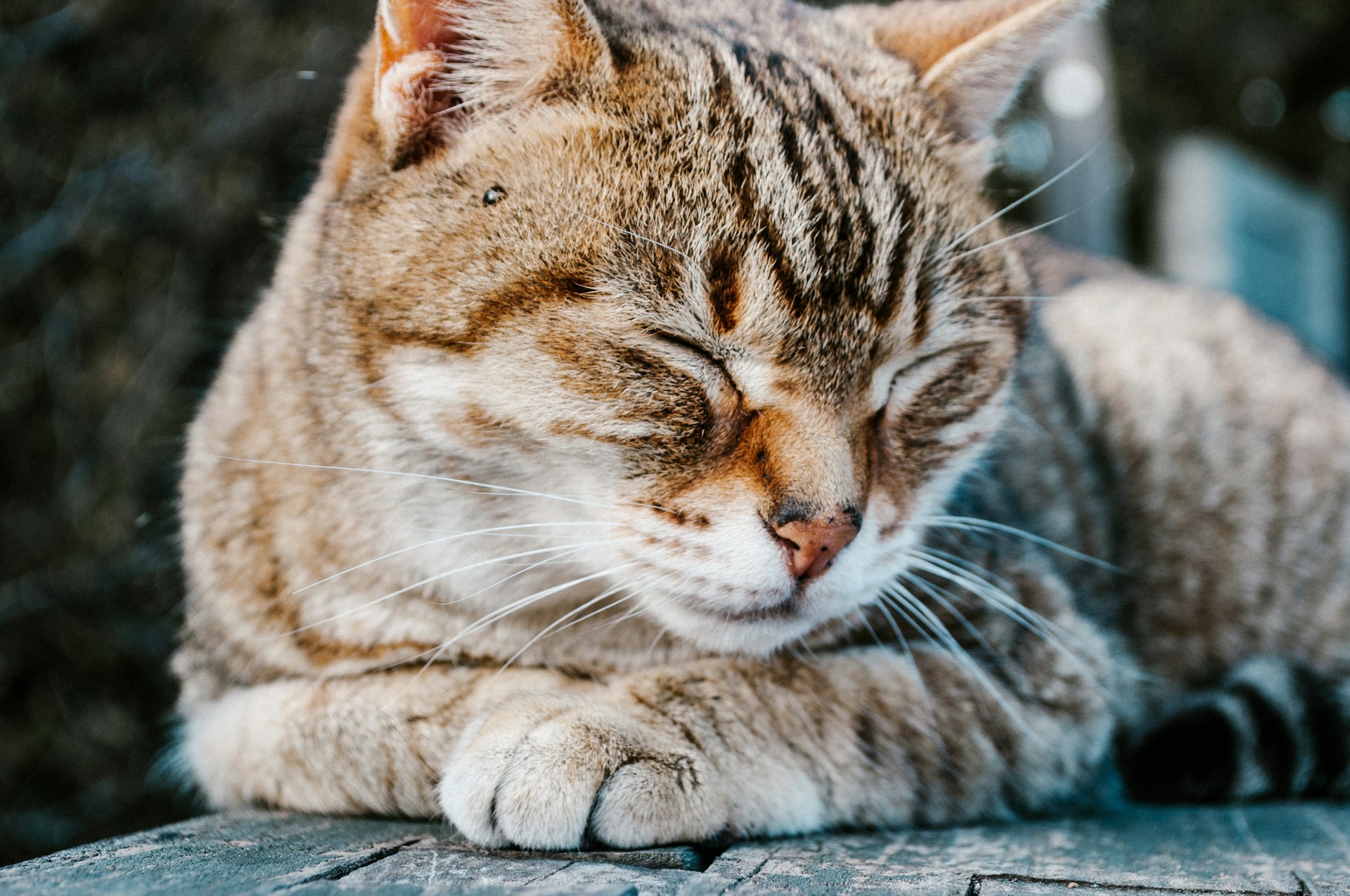Can cats suffer from seasonal affective disorder?

As temperatures start to drop and daylight hours become shorter, many of you may notice a change in your mood. After all, the winter months can be a tough time for many individuals, as they often bring about feelings of sadness and depression. But what about our pets? Can they too feel the effects of the changing seasons? More specifically, can our feline friends suffer from Seasonal Affective Disorder (SAD), just like humans do? To answer this question, we’ll delve into understanding cat behavior and symptoms of depression, the role of sunlight and time changes, and how you can help your cat if they do become depressed in winter.
Understanding Cat Behavior and Symptoms of Depression
Just like humans, cats can indeed show signs of depression. While they may not exhibit the same symptoms as humans, their behavior can definitely change when they’re feeling down. For example, a depressed cat might start to lose interest in their favorite activities, or they might become less social and spend more time sleeping.
A lire également : What’s the best method for toilet training a young kitten?
Depressed cats could also show changes in their appetite. They may eat less than usual or even lose weight. Another sign could be a decrease in their grooming habits. Cats are naturally clean animals and a lack of grooming can be a sign of depression.
It’s important to note that these behavioral changes are not reserved only for depression. They could be signs of a physical ailment or sickness, so it’s always wise to get your cat checked by a vet if you notice any significant changes.
A lire aussi : What are the best practices for bathing a large breed dog?
The Role of Sunlight and Time Changes
Many of you might wonder, how does a lack of sunlight affect our pets? Much like in humans, sunlight plays a significant role in the mood and behavior of cats. Sunlight influences their internal body clock or circadian rhythm, which regulates their sleep-wake cycle, feeding, and behavioral patterns.
During the winter months, the decreased levels of sunlight can affect this internal body clock, leading to changes in their behavior. These changes could manifest as symptoms of depression. Just like with humans, reduced sunlight can lead to a drop in serotonin, a mood-regulating hormone, in cats.
Moreover, the shift in time, especially due to Daylight Saving Time, can also impact pets. Animals are creatures of habit, and such changes might lead to confusion and stress, affecting their overall mood and wellbeing.
Can Cats Suffer from Seasonal Affective Disorder (SAD)?
Seasonal Affective Disorder, or SAD, is a type of depression that’s related to changes in seasons. It’s often associated with the lessening daylight of winter. Although it’s a well-recognized condition in humans, whether cats can suffer from SAD is still a matter of debate among experts.
However, many pet owners have reported noticing changes in their cats’ behavior during the winter months, such as sleeping more and showing less interest in play. These changes are similar to how humans react to SAD. While it’s not definitive that cats can suffer from SAD, it’s clear that they can experience some form of seasonal mood changes.
How Can You Help Your Cat During Winter?
Even though it’s not confirmed that cats can suffer from SAD, there’s no denying the fact that your cat might feel down during the winter months. However, there are ways you can help your feline friend.
Firstly, ensure your cat has access to sunlight. If it’s safe, consider letting them outside for a while during the day. If that’s not possible, arrange their favorite spots near windows where they can bask in the sun.
Secondly, consider investing in a pet-friendly light therapy lamp, which can simulate sunlight. Just like in humans, light therapy can help uplift your cat’s mood during the darker months.
Maintaining a regular routine can also help. Keep feeding times, playtimes, and grooming schedules consistent to provide a sense of stability for your pet.
Lastly, remember to offer plenty of love and attention. Extra cuddle time can go a long way in making your cat feel loved and secure.
Whether or not cats can suffer from Seasonal Affective Disorder, it’s clear that they do react to changes in the seasons. Therefore, as we gear up for the winter months, it’s essential to keep observing our pets’ behavior and provide them the support they need.
The Impact of Seasonal Depression on Cats
Seasonal depression, commonly known as Seasonal Affective Disorder (SAD), can have a profound effect on your cat’s behavior and mood. Like humans, cats are sensitive to changes in their environment. As the days begin to shorten in the winter months, you might notice your furry friend becoming less active, spending more time sleeping, or exhibiting changes in appetite. These could be signs that your cat is experiencing the winter blues.
In cats, seasonal affective disorder might manifest as a lack of interest in play, excessive sleep, weight changes or a decrease in grooming. While these symptoms mirror those of human seasonal depression, it’s important to remember that they could also be signs of other health issues. Therefore, if you observe such changes in your cat’s behavior, don’t hesitate to consult a vet. It’s always better to rule out any potential physical ailments before concluding that your cat is depressed.
Sunlight, or the lack thereof, plays a significant role in seasonal depression in cats. During winter, the shortened daylight hours can disrupt your cat’s internal body clock, leading to changes in their sleep-wake cycle. This disruption can result in symptoms similar to those of SAD. Similarly, drastic time changes due to Daylight Saving Time might also cause stress and confusion in your cat, contributing to seasonal depression.
Helping Your Cat Combat Seasonal Affective Disorder
As pet parents, it can be distressing to see our feline companions suffer from the winter blues. However, there are several steps you can take to help your cat cope with seasonal depression. First and foremost, ensure your cat gets plenty of natural light. If possible, let your cat outdoors during the daylight hours. If that’s not possible, try to arrange their favorite spots near windows where they can enjoy the sunlight.
Investing in a light therapy lamp is another effective way to combat seasonal depression in cats. Light therapy, a common treatment for SAD in humans, can also be beneficial for cats. These lamps simulate natural sunlight, helping to uplift your cat’s mood during the darker winter months.
Maintaining a regular routine is also crucial. As creatures of habit, cats find comfort in consistency. Keep feeding times, playtimes, and grooming schedules the same to provide a sense of stability for your feline friend.
Finally, don’t underestimate the power of love and attention. An extra cuddle here and there can greatly help in making your cat feel secure and loved during the gloomy winter months.
Cats, much like their human companions, can be susceptible to seasonal mood changes. Even if it’s still debated whether they can suffer from Seasonal Affective Disorder, pet parents should be mindful of the impact of the changing seasons on their pets. By ensuring their access to sunlight, maintaining consistent routines, and providing plenty of love and attention, we can help our feline friends navigate the winter months happily and healthily.
